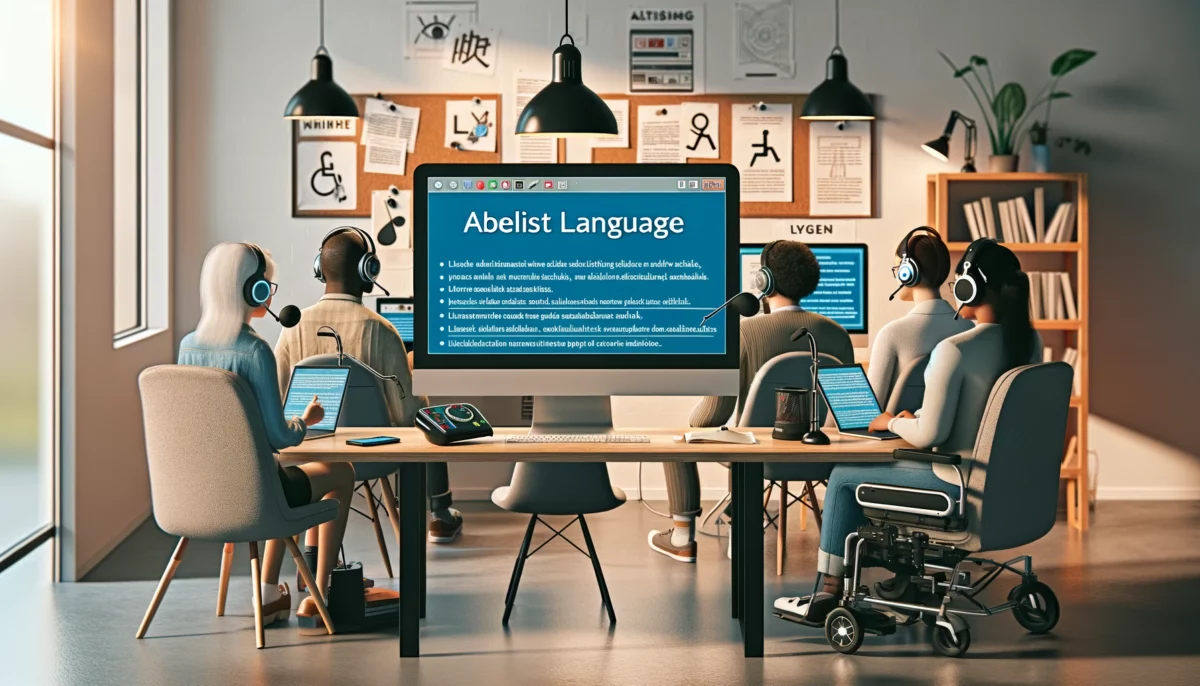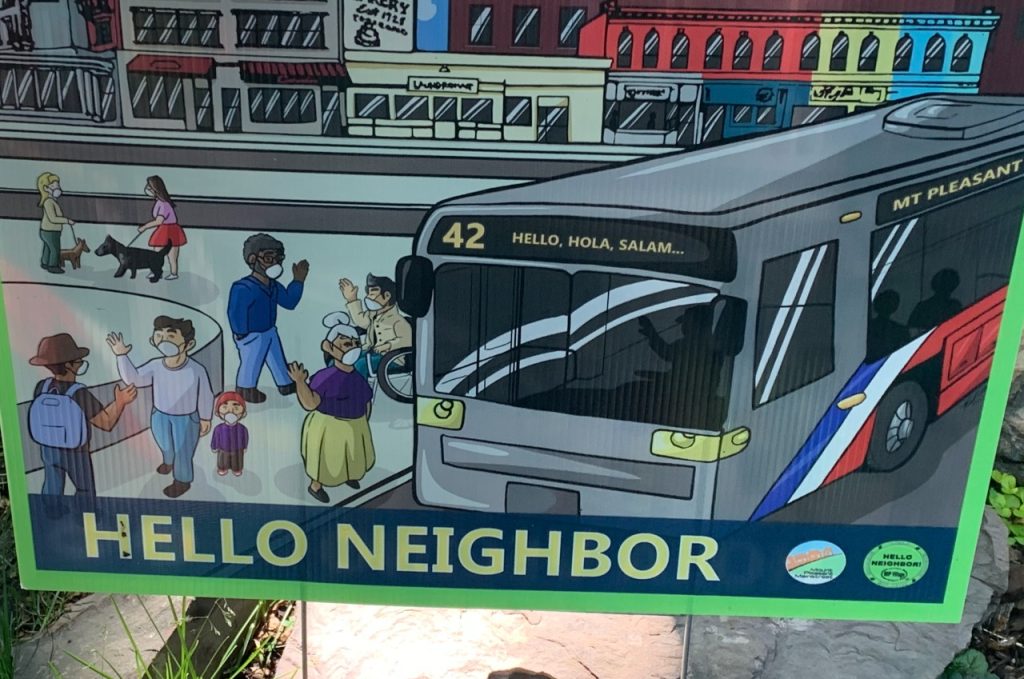Ableist Language – Disability Metaphors – Disability Studies
What is Ableist Language? Every time you write, whether it is an email, an argument for class, or a social media post, you shape the culture around disability, for better or for worse. Your language reflects your perspectives on disability. One way that our culture marginalizes and excludes those with disabilities is by defining “normal” ...




